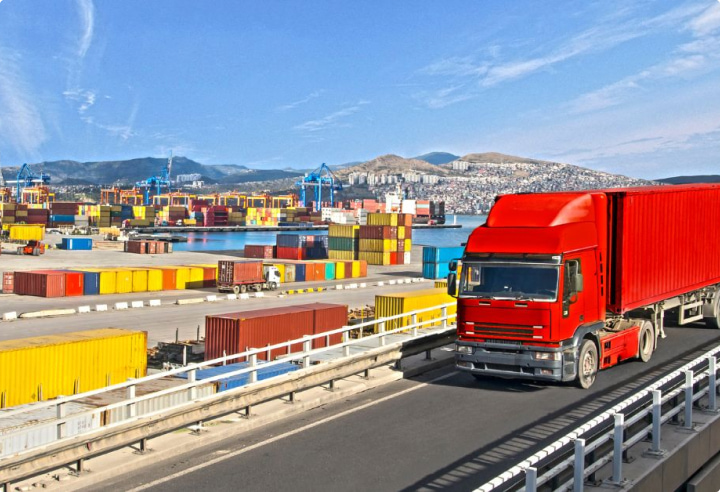Press & Insights
Read about our latest news on key insights from RaboResearch, recent transactions, awards, and more.
Latest News
Rabobank North America Names New Chief Executive
Willem Boezen appointed CEO of Rabobank North America NEW YORK (March...
North America-based RaboResearch Team Expanding
Rabobank, a leading global food and agribusiness bank, announces the...
Rabobank Announces 2023 Leadership Award Winners
Taylor Farms, Campbell Soup Company and Full Harvest take home...
Recent Deals
ARM Energy and Rabobank Successfully Upsize Credit Facility to $160 Million
HOUSTON, Dec. 14, 2023 — ARM Energy Services, LLC (AES),...
Recurrent Energy Closes $120 Million in Project Financing and $80 Million in Tax Equity for 134 MW MISO South Project
GUELPH, ON, September 19, 2023 — Recurrent Energy, a global developer and owner...
Origis Energy Announces New $750 Million Construction Warehouse Facility
New facility will fund approximately 2 gigawatts of large scale...

The Latest Insights from RaboResearch
From its flagship and bespoke research reports on all sectors to its popular podcasts and myriad event and media appearances, Rabobank’s research arm is unparalleled in the industry.
Go to RaboResearch